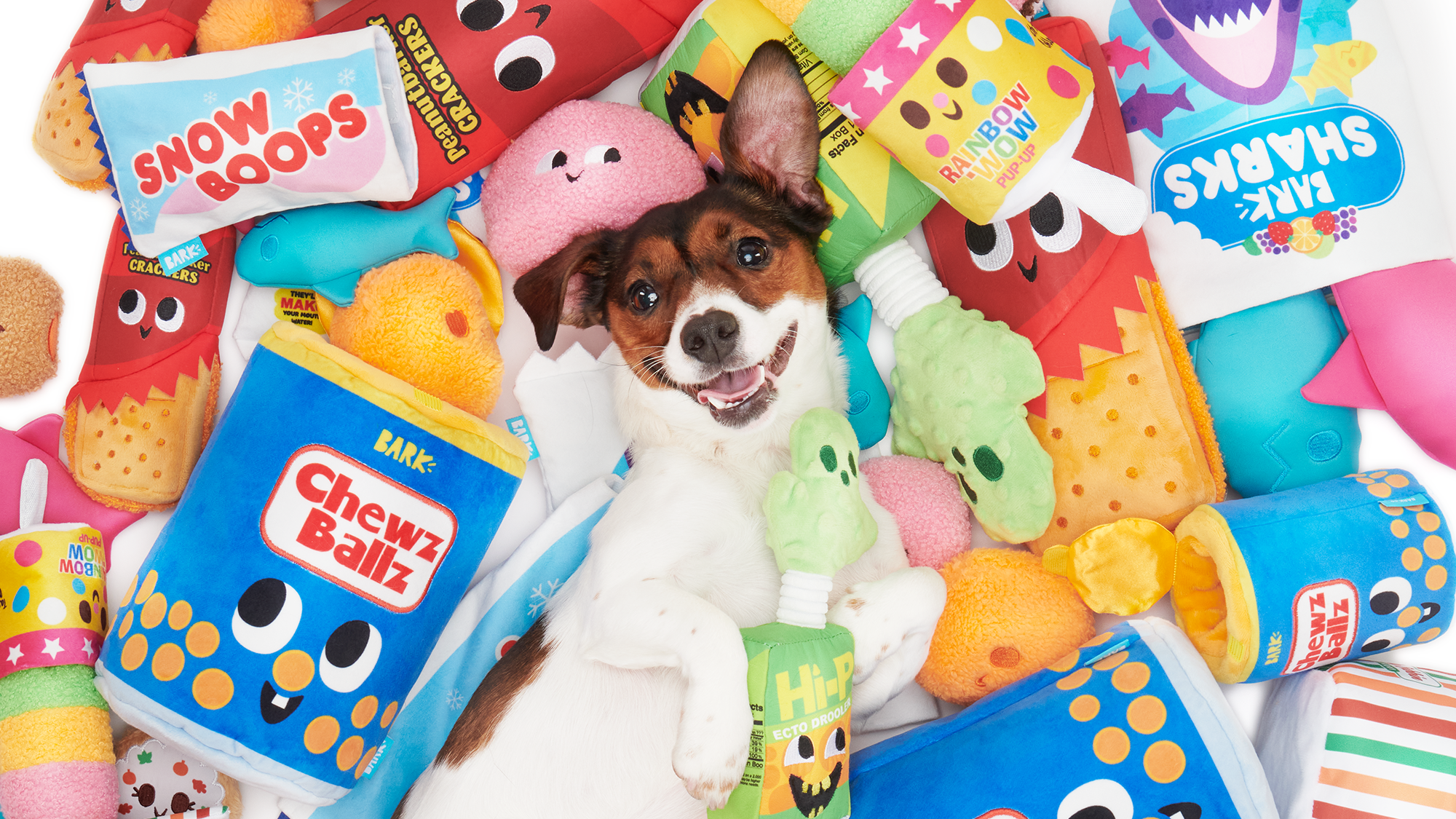Separation anxiety in dogs: How to help your pet feel happy home alone
Everything you need to know about separation anxiety in dogs, including top tips from a vet
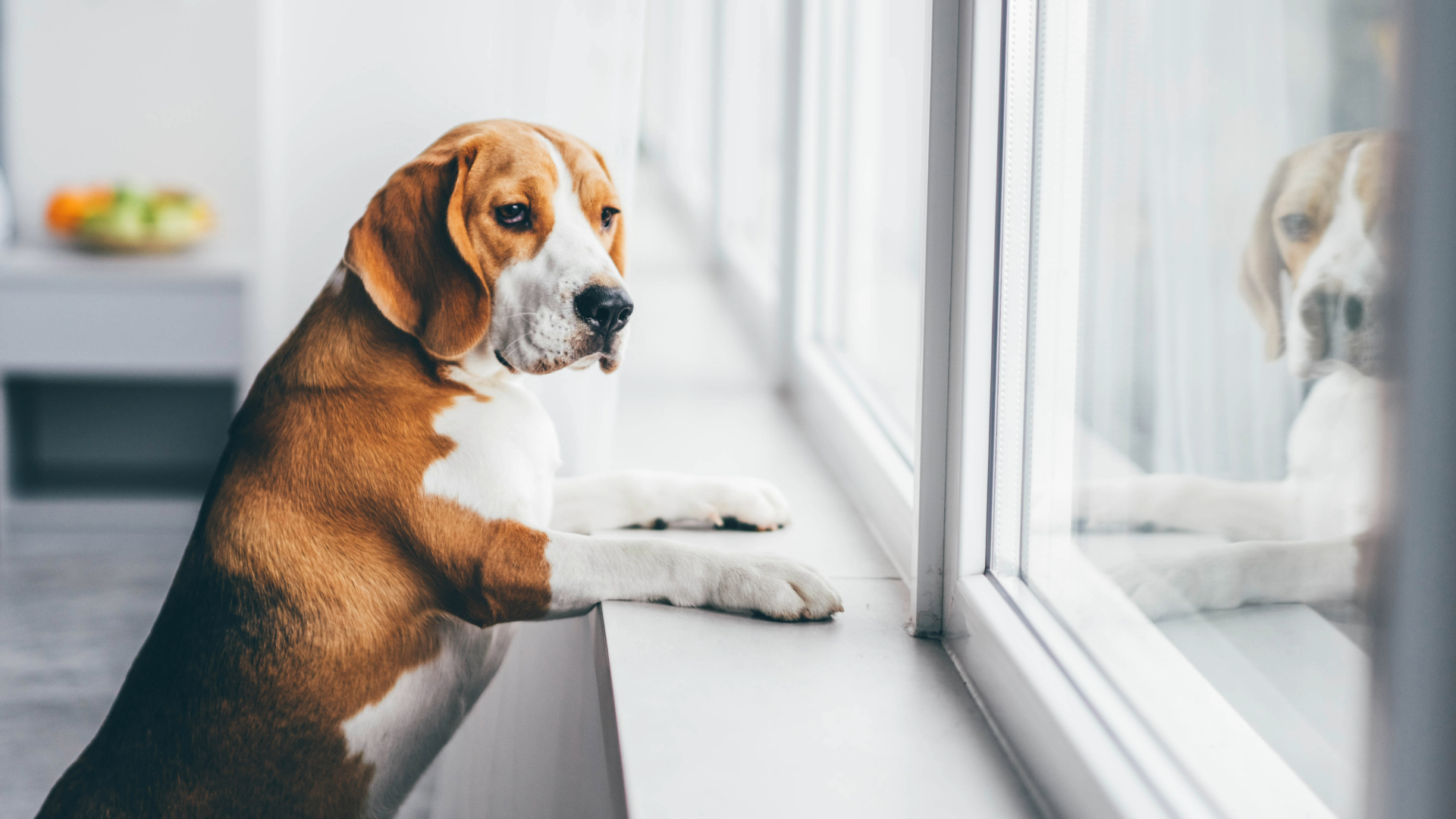
What is separation anxiety in dogs? If you’ve noticed your pet panting, pacing, and vocalizing excessively when you leave the room, there’s a good chance they’re experiencing it. Other signs can include trembling, destructive behavior, and toileting in inappropriate places.
When it comes to preventing separation anxiety, gradual practice is key, and tools like the best pet cameras can help you monitor their progress along the way. While we’d love to take our furry friends everywhere we go, that’s not always realistic – so learning to be alone is a crucial skill for your dog.
Below, expert vets Dr Racine and Dr MacMillan explain the causes of separation anxiety, along with their top tips for reducing signs and helping your dog feel confident on their own. This condition can be challenging to overcome, but with the right steps, it can be possible for most dogs.
Signs of separation anxiety in dogs
Separation anxiety is a common behavioral condition in dogs. Dogs with separation anxiety become distressed when separated from the people they are attached to – typically, their owners.
Some dogs may only become distressed when their owners leave the house, while others may show symptoms of separation anxiety even if their owner is just in another room.
Symptoms of separation anxiety can range from mild to severe and can include signs such as:
- Panting
- Pacing
- Trembling
- Excessive vocalization
- Destructive behavior
- Attempts to escape
- Inappropriate urination or defecation
We don’t know exactly why some dogs develop separation anxiety when others don’t. What we do know is that separation anxiety can be extremely distressing for both the dog and their family.
Get the best advice, tips and top tech for your beloved Pets
How to treat separation anxiety in dogs
Here are some ways you can help reduce your dog’s separation anxiety to make things easier for both of you!
1. Improve your dog’s confidence

Dogs with separation anxiety often have anxiety in other areas of their lives as well. You can help reduce your dog’s anxiety by improving your dog’s confidence in life.
One of the best ways to do this is to make life as predictable as possible for your dog. Stick to a daily routine, so your dog always knows what’s coming next. Minimize loud noises and unpredictable movements to avoid startling your dog. And always give your dog a safe space, such as his or her own crate or bed, that he or she can retreat to for quiet and solitude when needed.
Another way to improve your dog’s confidence is by using the Nothing In Life Is Free (NILIF) training program. This training methodology asks your dog to perform a task prior to receiving anything positive, following a simple command-response-reward pattern.
Furbo 360° Dog Camera | Amazon
This interactive pet cam has loads of cool features, like the ability to toss your dog a treat at the click of a button and two-way audio that lets you talk to and hear them. It offers a 360-degree view of your room, night vision, and alerts, as well as “excellent picture quality,” according to our tester. It's a great way to keep an eye on your dog when leaving them on their own.
This can be as simple as asking your dog to sit before putting down the food bowl or opening the door to go outside. This type of training not only improves predictability for your dog, but also teaches him or her that life has rules that must be followed in order to receive good things. T
his also builds your dog’s confidence by providing him or her with some voluntary control over the interaction. You can learn more about NILIF training on the San Francisco SPCA website.
Another great training tool is Dr. Karen Overall’s Protocol for Relaxation. This step-by-step guide teaches your dog how to be confident away from you. By the end of the protocol you should be able to send your dog to his or her “place” – such as a mat or crate – and have him or her settle down and relax on command.
This is a great tool to use for dogs that are anxious or overexcited when you are getting ready to leave, or for any dog that needs to be reminded to settle down once in a while!
2. Give your dog plenty of exercise and mental stimulation
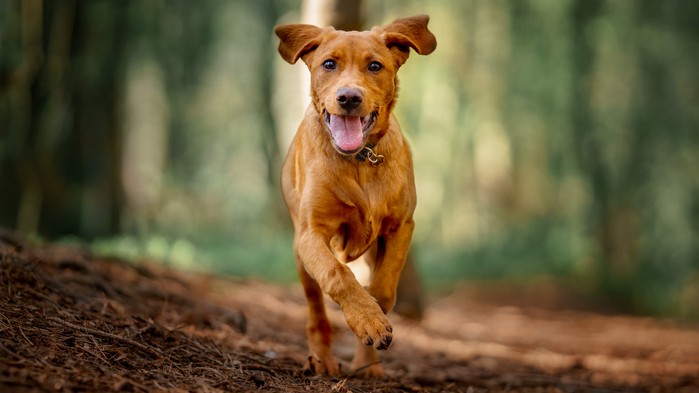
Much of separation anxiety occurs in the first 30 minutes after you leave the house, so keeping your dog mentally stimulated during this time is a must. If you can keep your dog busy and distracted while you’re away, he or she will be less likely to tear up the furniture while you’re gone!
First, try exercising your dog right before you leave with a good long walk or a rousing game of fetch. A dog that is tired and happy is much less likely to feel anxious while you’re away.
Also provide your dog with mentally stimulating toys to keep him or her busy, such as puzzle toys or a Kong toy stuffed with peanut butter (like this one from Amazon). This will give your dog something to work on after you leave and should hopefully limit your dog’s desire to escape and destroy.
3. Desensitize your dog to your absence
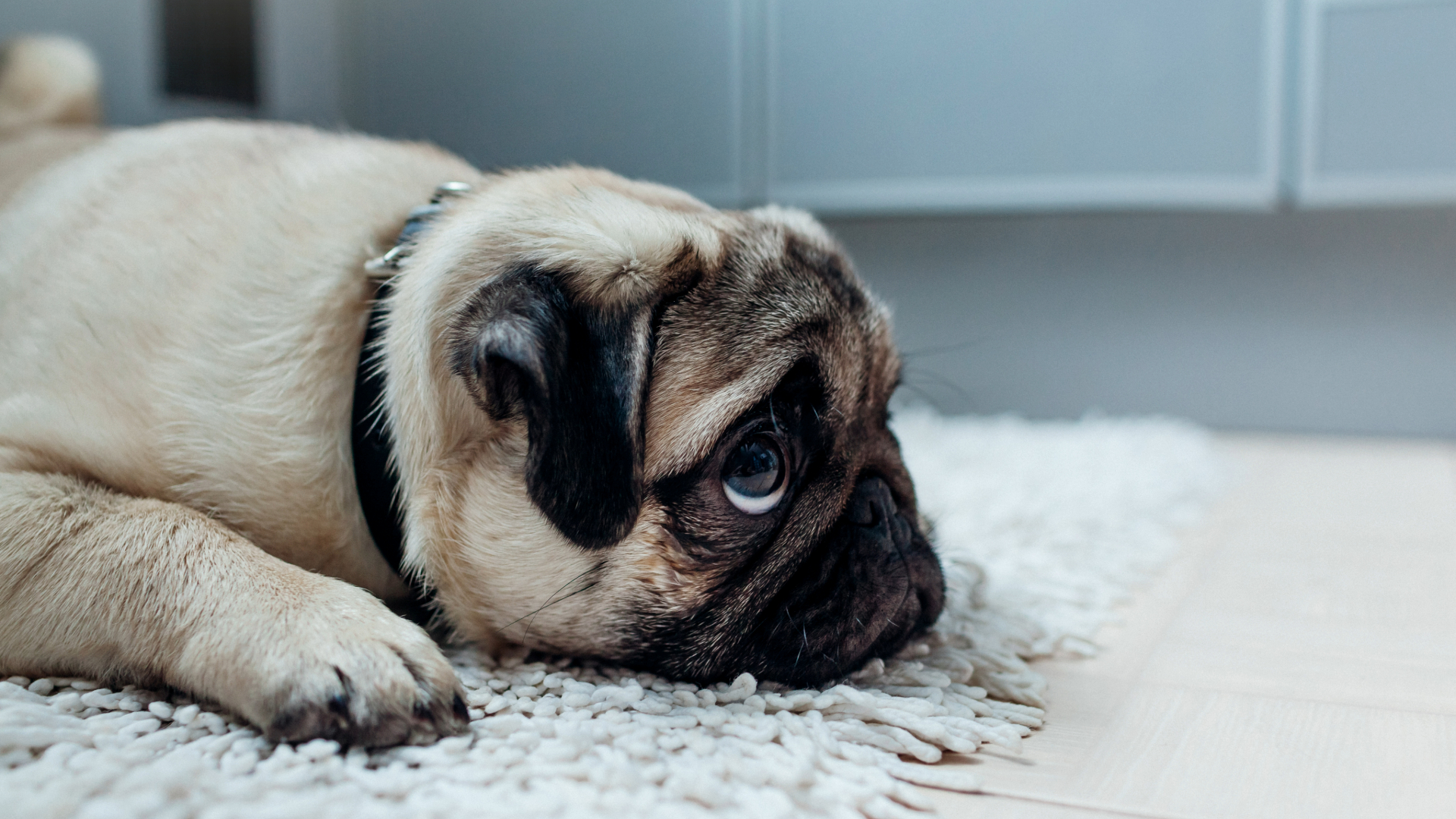
Another training option is to use is a technique called desensitization. Desensitization means gradually getting your dog used to your absence so that he or she no longer reacts to it.
This process must happen very slowly and can be tedious. But when performed correctly under the supervision of a positive reinforcement based dog trainer, desensitization can be a very effective tool for combating separation anxiety.
You’ll start by leaving your dog alone for very short periods of time – just a few minutes at most to start – and gradually build up to longer and longer absences. The goal is to stay under your dog’s threshold so he or she never becomes anxious during the process, and to reward him or her for calm behavior throughout the training process. Over time, your dog will learn that being alone isn’t so scary after all!
You can also help reduce separation anxiety by keeping your comings and goings as calm as possible. Do not make a big deal out of saying goodbye to your dog when you leave – this will only ramp up his or her anxiety! Instead, calmly and quietly collect your belongings and leave.
When you return, ignore your dog for a few minutes after you arrive. Do not allow your dog to jump all over you or get overexcited. Wait until you’ve put your things away and gotten yourself settled before you calmly and quietly greet your dog. This will teach your dog that your comings and goings are no big deal and nothing to get upset about.
What is the root cause of separation anxiety in dogs?
According to Dr MacMillan, these are the main causes of separation anxiety in dogs:
- Lack of training as a puppy
- Previous traumatic experiences, like abandonment
- Sudden changes in their daily routine, like a house move or lack of exercise
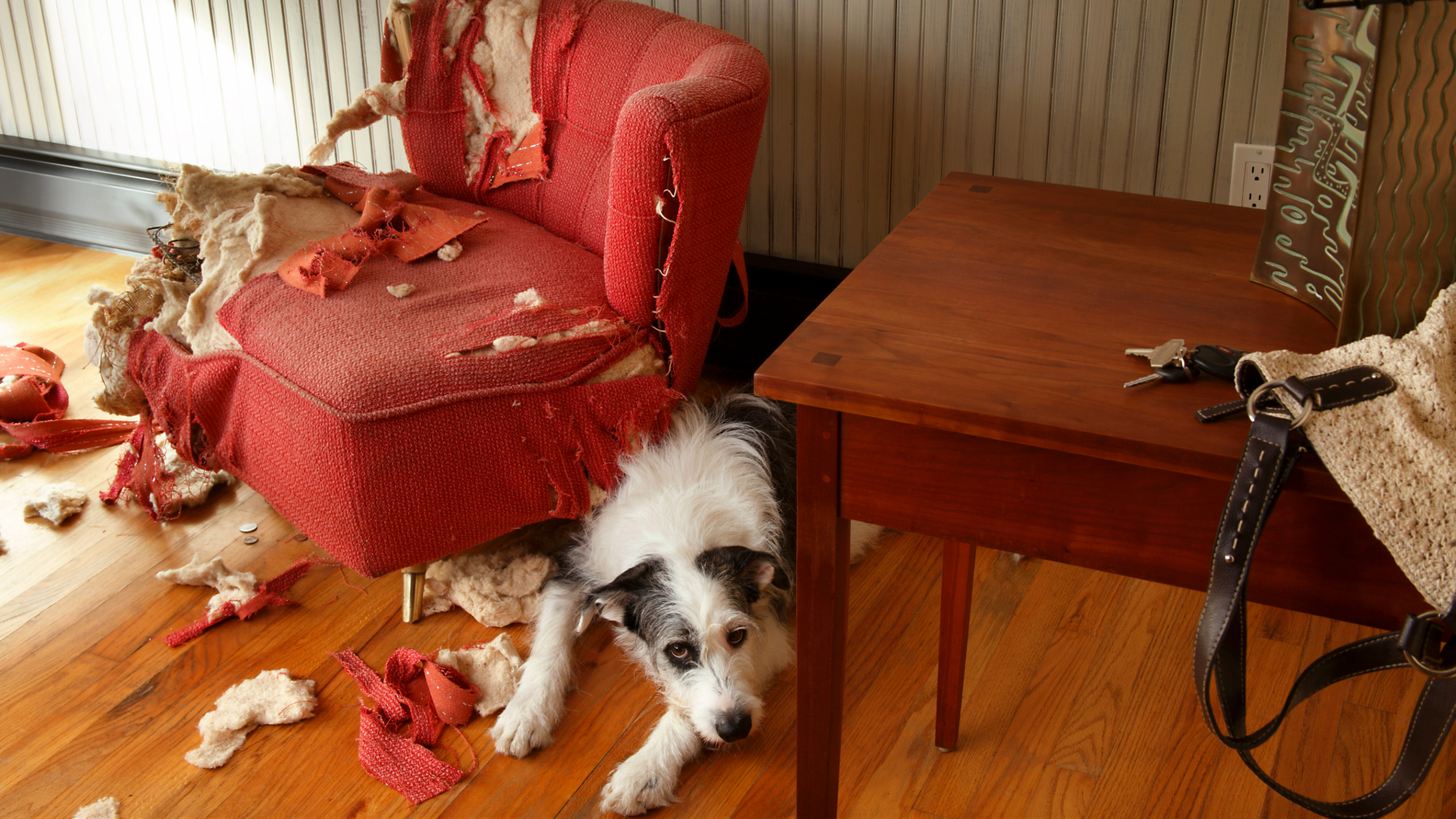
She explains: "In my experience, separation anxiety is most common in dogs that have never been taught how to feel content in their own company. Training your dog to be left at home for short periods should start from an early age. Dogs need to learn to feel confident and relaxed about being by themselves.
"Even if you retired or work from home it is not practical for your dog to be with you 24 hours a day – pet dogs can’t enter most grocery stores, hospitals, or hairdressers with you. Therefore, you must teach them that everything will be OK if you need to leave them sometimes, otherwise they could become distressed when it happens.
"So, when you get a new puppy, as adorable as they are, don’t forget to include some time apart in your training. Gradually increase your pup's time on their own and monitor them for signs of stress."
Sometimes, the best way to cope with separation anxiety is to avoid it entirely. Taking your dog to a doggie daycare or having a dog walker stop by the house can be the best ways to combat separation anxiety in your dog. If your dog’s separation anxiety persists, talk to your veterinarian for additional options.
Read next: Signs your dog is stressed and Things I wish people knew about aggressive and anxious dogs
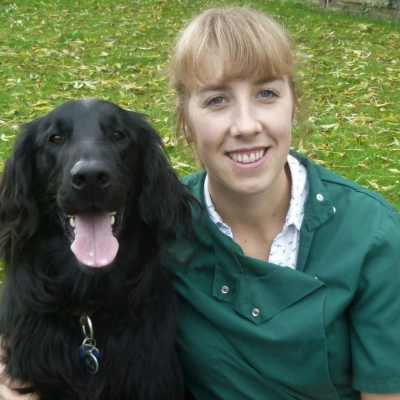
Rebecca is a veterinary surgeon who graduated in 2009 from the Royal Veterinary College in London. She has a wealth of experience in first opinion small animal practice, having done a mixture of day-to-day routine work, on-call emergency duties and managerial roles over the years. Rebecca enjoys medicine in particular and she is proud to have recently achieved a BSAVA postgraduate certificate in small animal medicine (with commendation).

Dr. Elizabeth Racine is a small animal general practice vet covering all things pet health and wellness. Her special interests include veterinary behavior, nutrition, and internal medicine.
As a freelance writer, Dr. Racine has written content for major companies in the industry such as the American Kennel Club, Merck Animal Health, Bayer PetBasics, Elanco, and CareCredit. In her free time, Dr. Racine enjoys playing trampoline dodgeball, hiking with her beagle Dasher, and spending time with her three mischievous cats.
Edited by Georgia Guerin and Alexis De Leaver.
This page was last updated in June 2025 by Megan Milstead.
Dr. Elizabeth Racine is a small animal general practice vet covering all things pet health and wellness. Her special interests include veterinary behavior, nutrition, and internal medicine.
As a freelance writer, Dr. Racine has written content for major companies in the industry such as the American Kennel Club, Merck Animal Health, Bayer PetBasics, Elanco, and CareCredit. In her free time, Dr. Racine enjoys playing trampoline dodgeball, hiking with her beagle Dasher, and spending time with her three mischievous cats.
- Dr. Rebecca MacMillanVet
- Megan MilsteadStaff Writer

